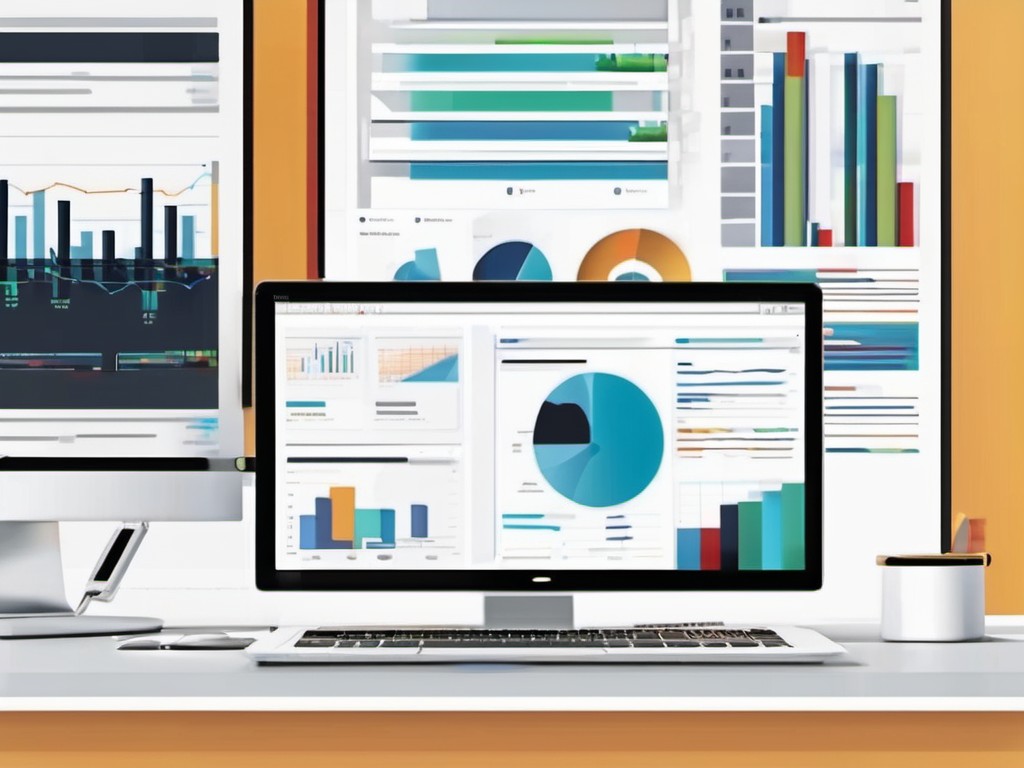· Charlotte Will · webscraping · 5 min read
How to Use Web Scraping for Ecommerce Price Comparison
Discover how to use web scraping for ecommerce price comparison effectively. Learn practical tips, best practices, and advanced techniques to stay ahead of the competition in the dynamic world of online retail.

How to Use Web Scraping for Ecommerce Price Comparison
Web scraping has become an essential tool in the ecommerce industry, allowing businesses to stay competitive by monitoring and comparing prices across different platforms. In this guide, we’ll explore how you can use web scraping effectively for ecommerce price comparison. Whether you’re a small business owner or part of a large enterprise, understanding these strategies can give you a significant edge in the market.
Understanding Web Scraping
What is Web Scraping?
Web scraping is the process of extracting data from websites automatically using software tools known as web crawlers or bots. These tools mimic human browsing behavior to collect information that can be analyzed for various purposes, including price comparison in ecommerce.
Why Use Web Scraping for Ecommerce Price Comparison?
Competitive Advantage
In the highly competitive world of ecommerce, knowing your competitors’ pricing strategies is crucial. Web scraping allows you to gather this data quickly and efficiently, enabling you to adjust your prices accordingly.
Dynamic Pricing Strategies
With real-time price monitoring, you can implement dynamic pricing strategies that respond to market changes instantly. This helps in optimizing profits and attracting more customers.
Market Trend Analysis
By scraping data from multiple sources, you can analyze market trends and consumer behavior. This information is invaluable for making informed business decisions.
Getting Started with Web Scraping
Tools and Technologies
There are numerous tools available for web scraping, ranging from simple browser extensions to complex software suites. Some popular options include:
- Scrapy: An open-source web crawling framework written in Python.
- BeautifulSoup: A Python library for parsing HTML and XML documents.
- Octoparse: A user-friendly, no-code web scraping tool.
Choosing the Right Tool
The choice of tool depends on your technical expertise and specific needs. For beginners, no-code tools like Octoparse can be a great starting point. Advanced users might prefer more flexible options like Scrapy or BeautifulSoup.
Best Practices for Web Scraping
Respect Website Terms of Service
Always ensure that your web scraping activities comply with the terms of service of the websites you’re targeting. Unauthorized scraping can lead to legal issues and IP bans.
Use Rotating Proxies
Rotating proxies help distribute requests across multiple IP addresses, reducing the likelihood of getting blocked by websites that detect excessive traffic from a single source.
Implement Rate Limiting
To avoid overwhelming servers, implement rate limiting in your scraping scripts. This ensures that you don’t make too many requests in a short period.
Steps to Set Up Web Scraping for Ecommerce Price Comparison
Identify Target Websites
First, identify the websites from which you want to collect price data. These could be your competitors’ sites or major ecommerce platforms like Amazon and eBay.
Define Data Points
Determine what specific information you need to scrape. This might include product prices, availability status, customer reviews, and more.
Write Scraping Scripts
Using your chosen tool, write scripts to automate the data extraction process. Make sure to handle any potential issues like captchas or dynamic content.
Analyzing Collected Data
Data Cleaning
Once you have collected the data, clean it to remove any duplicates or irrelevant information. This step is crucial for ensuring accurate analysis.
Price Comparison
Compare the prices of your products with those of your competitors. Look for patterns and trends that can inform your pricing strategy.
Reporting
Generate reports based on your findings. Use visual aids like graphs and charts to make the data more understandable.
Automating Price Tracking
Scheduled Scrapes
Schedule your scraping scripts to run at regular intervals, such as daily or weekly. This ensures that you always have up-to-date price information.
Alerts and Notifications
Set up alerts for significant price changes. Automated notifications can help you react quickly to market shifts.
Advanced Techniques
Machine Learning Integration
Integrate machine learning algorithms to predict future pricing trends based on historical data. This can provide valuable insights for long-term planning.
Real-Time Data Feeds
For the most competitive markets, real-time data feeds can give you an immediate advantage. Tools like APIs can be used to achieve this level of automation.
Common Challenges and Solutions
Dealing with Captchas
Captchas are designed to prevent automated access. Use services that provide solutions for bypassing captchas or implement human-in-the-loop verification methods.
Handling Dynamic Content
Websites that use JavaScript to load content dynamically can be challenging to scrape. Tools like Selenium and Puppeteer can help automate browser actions to capture this data.
Case Studies: Successful Implementations
Example 1: Small Business Growth
A small ecommerce business used web scraping to monitor competitor prices and adjust their own accordingly. This resulted in a 20% increase in sales within six months.
Example 2: Large Retailer Optimization
A major retailer implemented web scraping to track price changes across multiple platforms, leading to improved inventory management and increased customer satisfaction.
Conclusion
Web scraping is a powerful tool for ecommerce businesses looking to stay ahead of the competition. By automating price comparison and analysis, you can make informed decisions that drive growth and profitability. Whether you’re just starting out or looking to optimize existing strategies, following these best practices will help you harness the full potential of web scraping.
FAQs
1. Is Web Scraping Legal?
Web scraping can be legal if done in compliance with website terms of service and applicable laws. Always ensure that your activities are ethical and respectful of data privacy regulations.
2. What Tools Are Best for Beginners?
For beginners, no-code tools like Octoparse or browser extensions offer a user-friendly way to get started with web scraping without needing extensive programming knowledge.
3. How Often Should I Scrape Data?
The frequency of data scraping depends on your specific needs and the volatility of the market. For highly competitive markets, daily or even real-time scraping might be necessary.
4. Can Web Scraping Affect Website Performance?
Yes, excessive scraping can affect website performance by increasing server load. Implement rate limiting and rotating proxies to minimize this impact.
5. How Do I Handle Dynamic Content?
Dynamic content can be handled using tools like Selenium or Puppeteer, which automate browser actions and capture data loaded via JavaScript.




